Medical news June 29: Detailed instructions on continuous blood glucose monitoring
The Vietnam Association of Endocrinology and Diabetes recently held a scientific workshop on "Guidelines for implementing continuous blood glucose monitoring for diabetic patients". This guideline is expected to contribute to major changes in diabetes management.
A detailed guide to continuous blood glucose monitoring
The Vietnam Association of Endocrinology and Diabetes recently held a scientific workshop on "Guidelines for implementing continuous blood glucose monitoring for diabetic patients". This guideline is expected to contribute to major changes in diabetes management.
This is the first detailed guide to continuous glucose monitoring (CGM), outlining specific steps for healthcare professionals and people with diabetes to implement CGM.
Previously, the Ministry of Health recommended continuous blood glucose monitoring for people with type 2 diabetes who want to better manage their blood glucose and for those hospitalized who need close blood glucose monitoring.
Professor Tran Huu Dang, President of the Vietnam Endocrinology and Diabetes Association, assessed that, in general, applying CGM technology not only helps manage diabetes more effectively but also reduces the cost burden for people and the entire health system. Therefore, developing guidelines for continuous blood glucose monitoring is extremely important.
According to the guidelines of the Vietnam Association of Diabetes and Endocrinology (VADE), CGM uses a sensor inserted under the skin to measure the amount of sugar in the interstitial fluid over a certain period of time, thereby showing an estimated blood sugar level continuously over time.
This guide assists healthcare professionals by listing CGM devices and instructions for use; indications and contraindications; important metrics, especially in the elderly and pregnant women; and data analysis. The guide also helps people with diabetes understand CGM in general, how the device works, and how to use the CGM device.
In Vietnam, the number of people with diabetes is increasing, the rate of patients has doubled compared to 10 years ago. Notably, more than half of people with the disease have not been diagnosed, meaning they have not been treated. Of those who have been diagnosed and treated, only about 1/3 achieve their treatment goals.
Experts note that for diabetic patients, controlling blood sugar levels to be stable and close to normal is very important to help them prevent complications of the disease.
And CGM provides a comprehensive picture of real-time blood sugar status, helping doctors grasp the patient's condition to make more appropriate treatment decisions, improving treatment effectiveness.
At the same time, this technology helps patients understand their blood sugar status, change their lifestyle, thereby better managing diabetes and improving their quality of life.
One of the CGM devices mentioned in the VADE guidelines is FreeStyle Libre, a continuous glucose monitoring technology introduced in Vietnam by global healthcare company Abbott that helps monitor blood sugar levels every minute through a small sensor worn on the back of the arm, about the size of a coin.
The sensor can be used continuously for 14 days, making it the world's longest-lasting glucose monitoring and measuring device. This technology has helped change the lives of about 6 million people with diabetes in more than 60 countries around the world.
Removing a giant 8kg tumor from a patient's abdomen
Mr. Lo Kim P., born in 2001 (23 years old), was admitted to K Hospital in June 2024. Before that, the patient's abdomen was abnormally enlarged, thinking it was due to weight gain, so he did not go to the doctor. When his abdomen became larger and larger, he went for an ultrasound at the local hospital and discovered a very large tumor in his abdomen, and the doctor recommended transferring him to K Hospital.
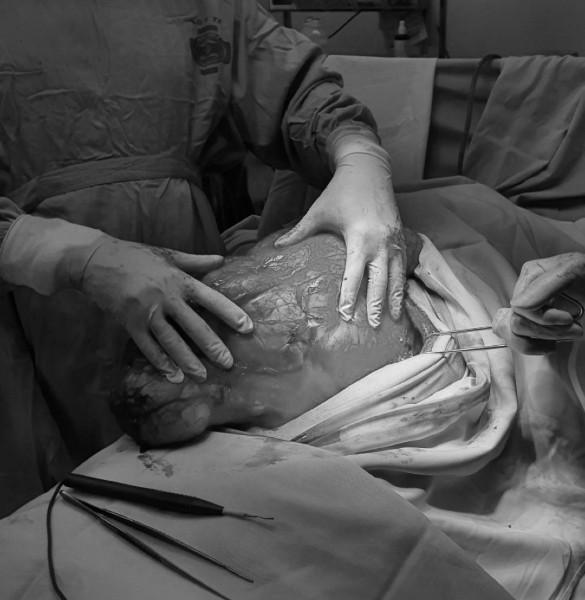 |
| Doctors at K Hospital have just removed a soft tissue sarcoma tumor measuring 40cm in diameter, weighing 8kg, occupying the entire abdomen, and compressing organs from a 23-year-old patient, a Thai ethnic, from Son La. |
Immediately, the patient was given the necessary tests, CT scan, ultrasound, blood test,... which discovered a solid tumor occupying the entire abdomen, about 40cm in size, the initial diagnosis was soft tissue sarcoma.
Soft tissue sarcoma is a malignant cancer that originates in the soft tissues of the body (including muscles, tendons, fat, lymph, blood vessels, and nerves). These cancers can develop anywhere in the body but are found mainly in the chest and abdomen...
Master, Specialist II Doctor Ha Hai Nam, Deputy Head of Abdominal Surgery Department I, K Hospital, shared that when the patient came to K Hospital, although the excretory function was still stable, the tumor was too large, occupying the entire abdomen, causing the patient to feel uncomfortable, accompanied by difficulty breathing due to the tumor pressing on organs such as the liver, pancreas, bladder, colon, etc.
"In this case, the damage is too large. If surgery is not performed, the tumor will impede the function of other organs in the abdomen, compressing the organs, affecting the patient's quality of life, health, and even life. If surgery is not performed, there is no other feasible treatment method," said Dr. Nam.
The tumor was too large, which was a challenge for the entire surgical team. Before the surgery, the patient was consulted and approved for surgery with contingency plans during and after surgery for the patient. The doctors of the Abdominal Surgery Department I worked closely with the Urology Department to discuss and exchange information.
Assessing the difficulties in surgery, Dr. Ha Hai Nam said that the large tumor occupied the entire abdomen, and the initial prognosis was that the kidney would have to be removed to completely remove the tumor, to prevent the tumor from recurring quickly.
To remove this tumor, the doctors carefully discussed the issue of controlling blood loss during surgery and especially the possibility of heart failure complications because the tumor was too large, so after removal, a lot of blood would be pumped to the heart, the atrium would dilate, which could lead to heart failure. The case was considered very carefully, although there were many challenges, it still needed to be performed.
Recently, under the direct guidance of Associate Professor, Dr. Pham Van Binh, Deputy Director of K Hospital and the surgical team of gastroenterologists and urologists of K Hospital, performed surgery on the patient.
According to Dr. Binh, the challenge in surgery for the patient was that the tumor surrounded the right kidney, and the right kidney and ureter were contained within the tumor. The doctors meticulously dissected each part of the tumor, reaching the area where the tumor contacted the kidney and ureter, forcing them to remove part of the ureter.
The patient was transfused with 3 units of blood and had his hemodynamics adjusted. With careful preparation, the surgical team completely removed the 8kg tumor, preserved the patient's kidney, cut part of the ureter and then successfully reconnected it.
During surgery, the gross morphology of the tumor is liposarcoma, a cancer of the connective tissue, a fatty tumor. The only treatment for these sarcoma cases is surgery, as initially diagnosed by the doctor.
The surgery was successful, the patient's hemodynamics were maintained stable for 72 hours after surgery. The patient was transferred to the department for monitoring and continued treatment.
Source: https://baodautu.vn/tin-moi-y-te-ngay-296-huong-dan-chi-tiet-ve-theo-doi-duong-huet-lien-tuc-d218851.html










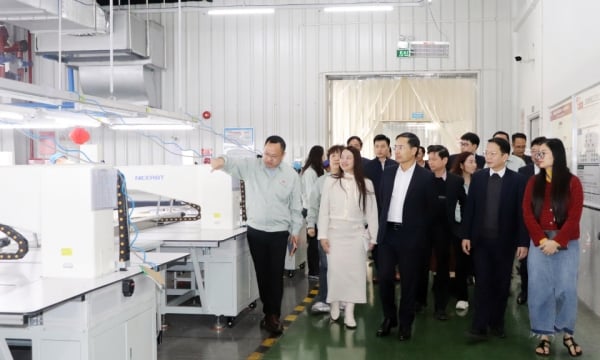



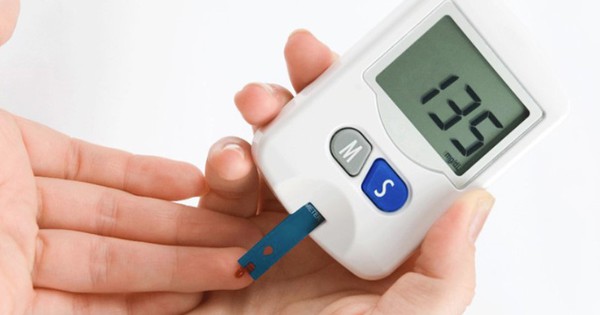







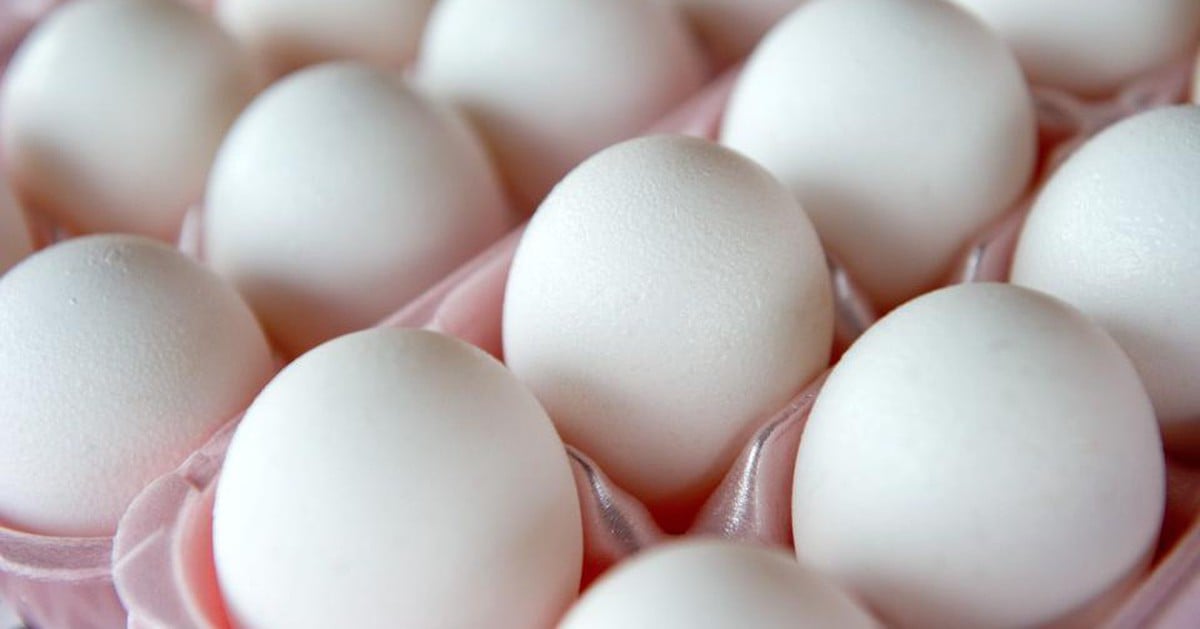

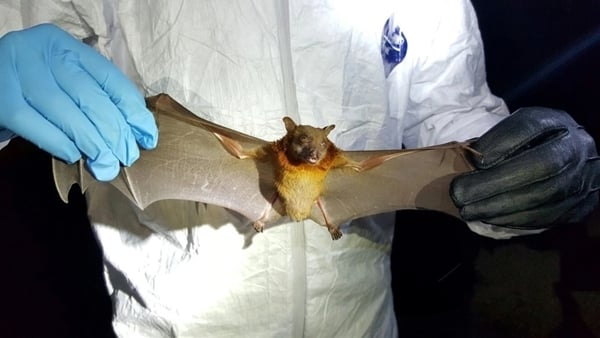

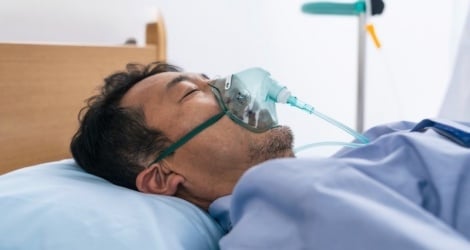















Comment (0)